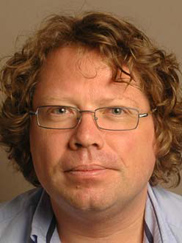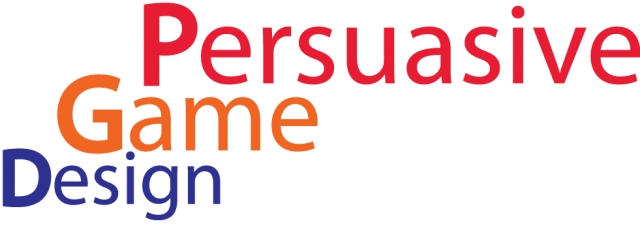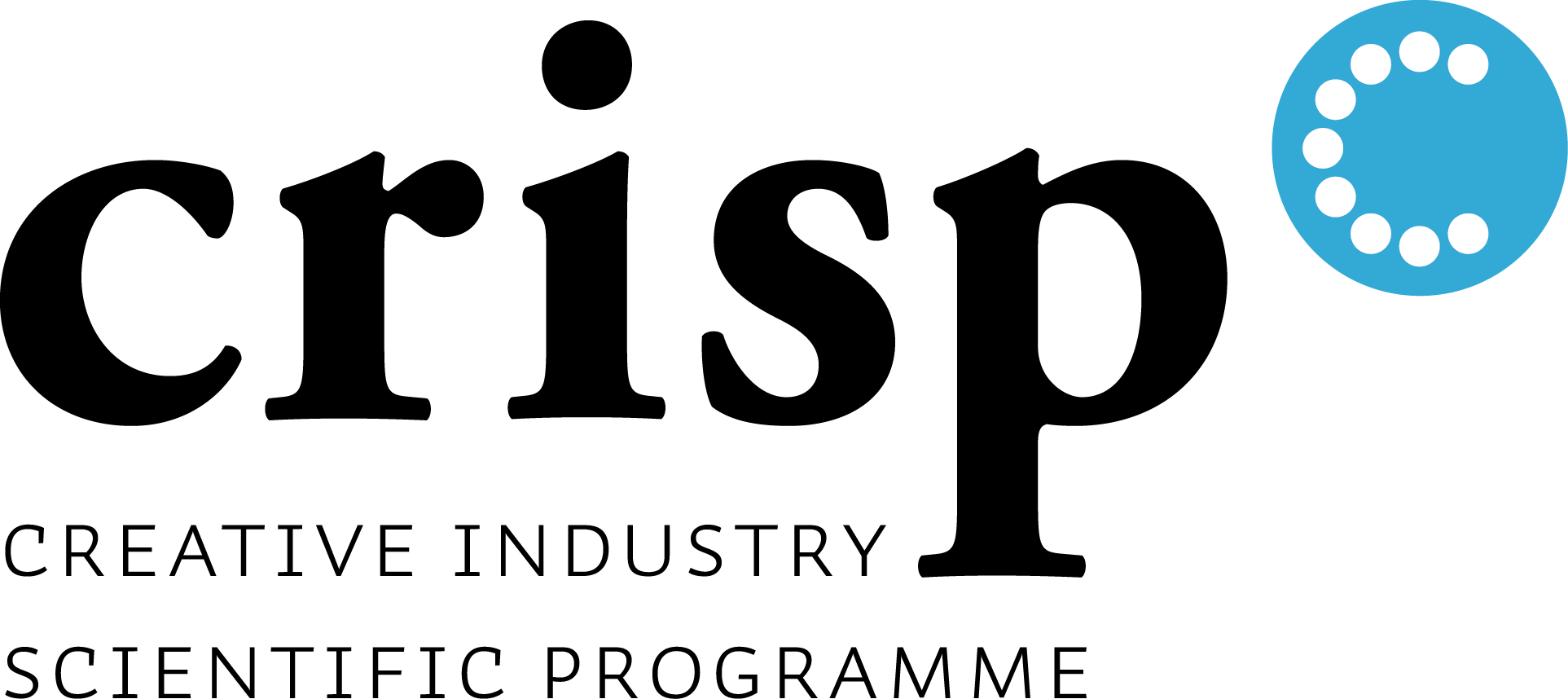 My research revolves around product sound design and perception. I distinguish two main directions – embodied audio design and interactive audio design – which are also names of two elective courses where I teach on these topics. First one, the embodied sounds are mechanical sounds which are consequence of operating an appliance. With the use of consequential sounds, the experience people have when they are using the design can be manipulated and enhanced. The latter, interactive audio design, are intentional sounds that serve as a feedback, a soundscape or an alarm. Sound has a huge advantage over light and vision, because it doesn’t have a focus, therefore it attracts attention more easily and efficiently. Properly designed auditory experience can be used to structure behavior, give feedback, trigger different reactions, create an atmosphere and experience of a specific situation and evoke emotions. Sounds have also the ability to rend movements on the screen more smooth and fluent by enhancing the flow of the images.
My research revolves around product sound design and perception. I distinguish two main directions – embodied audio design and interactive audio design – which are also names of two elective courses where I teach on these topics. First one, the embodied sounds are mechanical sounds which are consequence of operating an appliance. With the use of consequential sounds, the experience people have when they are using the design can be manipulated and enhanced. The latter, interactive audio design, are intentional sounds that serve as a feedback, a soundscape or an alarm. Sound has a huge advantage over light and vision, because it doesn’t have a focus, therefore it attracts attention more easily and efficiently. Properly designed auditory experience can be used to structure behavior, give feedback, trigger different reactions, create an atmosphere and experience of a specific situation and evoke emotions. Sounds have also the ability to rend movements on the screen more smooth and fluent by enhancing the flow of the images.
Most recently, I have collaborated with Toyota on feedback sounds and a new project with the European Space Agency will start soon. These projects are piloted in the courses I give. Moreover, I worked with Philips and Procter&Gamble on sound design, sound logos and soundscapes. I also worked on a project on the soundscape for blind to create an acoustic environment.
text by Malgorzata Pawlak


